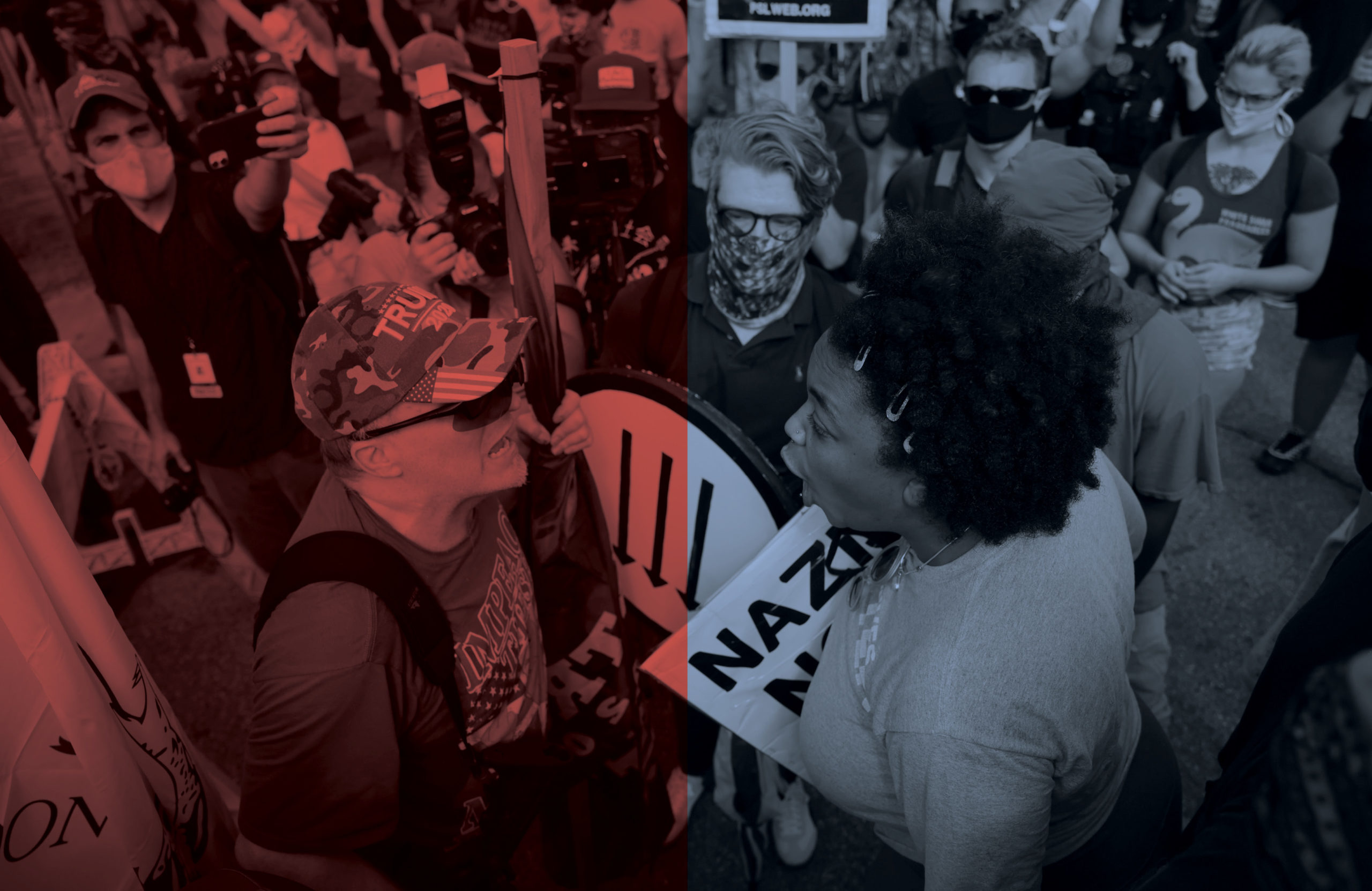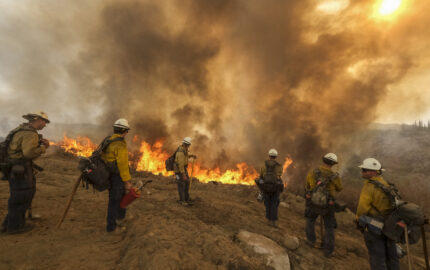Our most read stories of 2022 tackle some of journalism's most pressing issues: women and their struggles for equality in newsrooms, reframing the way we cover politics, and examining the personal identity of journalists outside of their employer. They also bear witness to the dangers and threats of a free press around the globe, including journalists reporting war zones and attempts to silence those efforts. Here are our top 10 stories for the year:
Former national political reporter Felicia Sonmez was fired by the Washington Post this year for “insubordination,” among other things. Some of the disputes with her employer played out in public on Twitter, as Sonmez shared her thoughts on the paper’s coverage and company culture. Columnist Issac Bailey argues in this opinion piece that Sonmez was “an activist trying to improve an industry long saddled by sexism.” He adds that insubordination has long been a tool for journalists working to change the system.
During wartime, one of the most powerful ways of storytelling is through photography, as images provide readers a raw look into suffering. Washington Post photo editor Chloe Coleman assigns photographers for the international desk at the paper and often helps to decide which images make it online and in print. In this piece, she discusses her role of helping readers understand the reality of war without creating gratuitous coverage.
In response to newsroom layoffs and revenue challenges, newsrooms across the country are organizing in record numbers. Steve Greenhouse highlights some of these efforts along with how the coronavirus pandemic has spurred the efforts.
Ahead of the midterm elections, Celeste Katz Marston offered practical ways that newsrooms can better report on campaigns by focusing on a more nuanced depiction of voters and issues while also discussing solutions.
In order to reach pay equity for women, people of color, and other marginalized people, Victoria Walker argues that pay transparency is vital in journalism. Walker recounted her experience of sharing her salary on social media, which prompted others to have frank conversations about pay and pay inequity in journalism.
In Mexico, gun violence looks different than it does in the United States. Often, it is attributed to organized crime and rarely a result of a lone shooter at a house of worship or school. In this piece, Mexican journalist Javier Garza Ramos compares the coverage of these different types of shootings, and how Mexican journalists have adapted to cover shootings in the United States.
As the war in Ukraine rages on, many Russian independent media outlets have been shut down, virtually eliminating free press coverage in the country. Elizaveta Kuznetsova writes about how Russian media regulators have blocked access to various independent outlets and how it threatens the accuracy of information about the war inside the country.
Brent Renaud, a Nieman Fellow, was killed in an ambush while working on a documentary about refugees in Ukraine. Juan Arredondo, also a Nieman Fellow and photographer, was wounded and later evacuated to the United States. Nieman Foundation curator Ann Marie Lipinski shares her memories of Renaud in the piece and highlights “his almost religious commitment to stand witness, to the fundamentals of reporting, to the power of telling someone’s story close up.”
As many Ukrainians were forced to flee their homes following the Russian invasion of the country, Ukraine’s independent media outlets have continued to report on the war, often putting themselves at risk. Ann Cooper looks at journalists there and in other post-Soviet states as they face opposition to report freely.
As layoffs and consolidation continue to affect the journalism industry, many are looking for ways to stand out with their own personal brand. Julia Craven explores how personal branding has given reporters autonomy along with the challenges associated with it.



